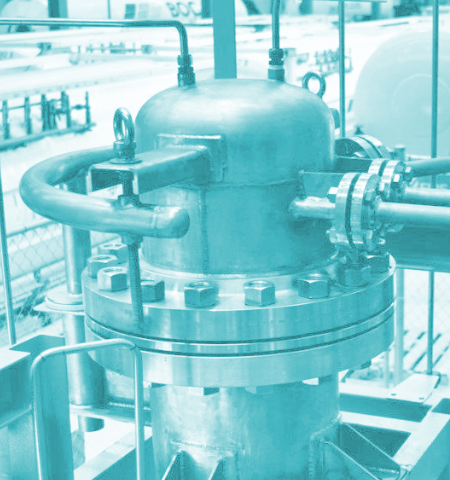Algorithm aimed at tiny X-rays
 Researchers from UNSW Sydney have tested a new imaging algorithm to enhance hydrogen fuel cells.
Researchers from UNSW Sydney have tested a new imaging algorithm to enhance hydrogen fuel cells.
The new process, detailed in a paper published in Nature Communications, produces high-resolution modelled images from lower-resolution micro X-rays.
It has been tested on individual hydrogen fuel cells to accurately model the interior in precise detail and potentially improve the efficiency of them.
But the researchers say it could also be used in future on human X-rays to give medical professionals a better understanding of tiny cellular structures inside the body, which could allow for better and faster diagnosis of a wide range of diseases.
The team from the University of New South Wales (UNSW) developed the algorithm to improve the understanding of what is happening inside a Proton Exchange Membrane Fuel Cell (PEMFC).
PEMFCs use hydrogen fuel to generate electricity and are a quiet, and clean energy source that can power homes, vehicles, and industries.
These fuel cells convert the hydrogen, via an electrochemical process, into electricity with the only by-product of the reaction being pure water.
However, the PEMFCs can become inefficient if the water cannot properly flow out of the cell and subsequently ‘floods’ the system.
Until now, it has been very hard for engineers to understand the precise ways in which water drains, or indeed pools, inside the fuel cells due to their very small size and very complex structures.
The solution created by the UNSW researchers allows for deep learning to create a detailed 3D model by utilising a lower-resolution X-ray image of the cell, while extrapolating data from an accompanying high-res scan of a small sub-section of it.
In more basic terms, it is the equivalent of taking a blurry aerial photo of an entire town from an aeroplane, along with a very detailed photo of just a few streets, and then being able to accurately predict the lay-out of every road in the entire area.
In the published study, the super-resolution algorithm (known as DualEDSR) improves the field of view by around 100 times compared to the high-res image.
The researchers have been able to provide a detailed 3D model of the inside of a PEMFC in order for manufacturers to improve the management of the water produced and make the fuel cells more efficient.
During training and testing of DualEDSR, the algorithm achieved 97.3 per cent accuracy when producing high-res modelling from low-res imagery.
It also produced a high-resolution model in just 1 hour, compared to the 1188 hours (the equivalent of 50 days non-stop) it would have taken to obtain high-res images of the whole section of the fuel cell using a micro-CT scanner.
“From our model we can quickly and precisely see where the water tends to accumulate and therefore, we can help to solve those problems in future designs,” says UNSW researcher Dr Quentin Meyer.
“Within the industry it is known that there is a huge untapped performance improvement that could be made using these cells, just by improved water management, and that is estimated to be a 60 per cent increase overall.
“For the past 20 years, up until now, it has been very hard to have an accurate model of these fuel cells because of the complexity of both the materials, and the way gases and liquids are transported, as well as the electrochemical reactions taking place.
“Our cross-disciplinary team has enabled us to do just that, bringing so many different expertise to the table. That’s what research is about.”
More efficient PEMFCs could be an important element in providing clean and environmentally-friendly electricity in the future, given the fact they emit only water and heat. In addition, they are compact and lightweight, making them suitable for use in vehicles.
They can also be rapidly refuelled, as quickly as refuelling a car with petrol, giving them a key advantage over battery-powered EVs which can take many hours even with a rapid charger.








 Print
Print